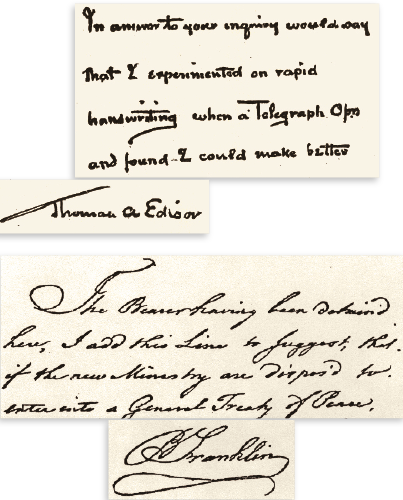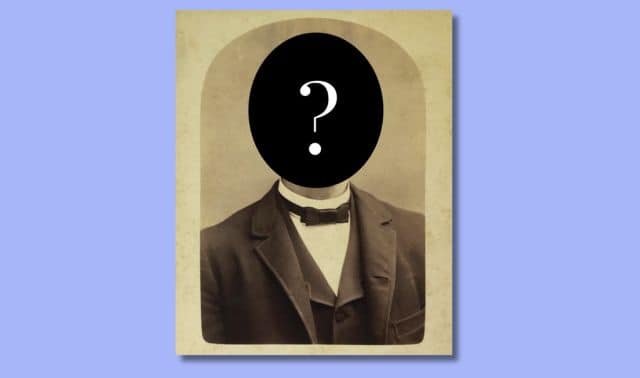Sign up for the Family Tree Newsletter Plus, you’ll receive our 10 Essential Genealogy Research Forms PDF as a special thank you!
Get Your Free Genealogy Forms
"*" indicates required fields
Your ancestor’s confounding chicken scratch may reveal more about him than you think. Want to know if a wealthy forebear was a savvy businessman or just lucky, or if there’s any truth to the stories about loony Great-aunt Sara?
According to graphologists (professional handwriting analysts), you can get to know your ancestors not just from the meaning of their written words, but also from what those words look like. “If you describe the handwriting, you describe the person,” says Paula Sassi, a San Diego-based certified master graphologist. “If the writing is big and bold, so was the person.”
The FBI, major corporations and historians use graphology—a branch of psychology—to get into the heads of criminals, potential hires and historic figures. You can use it, too: Graphologists say handwriting can provide insights about the writer’s social style (is he an introvert or extrovert?), intellect (methodical or haphazard?), energy level (passive or aggressive?) and to some degree, emotional state at the time of writing. Some experts say handwriting even can reveal health, mental illness and the experiences of the writer.
For example, wide spacing between words may indicate a need for space and distance; narrow spacing may indicate a familiar personality type. Analytical people often form letters with sharp angles. Speedy, spread-out writing can indicate a diplomatic or even evasive personality. For a quick tutorial on analyzing handwriting, take Sassi’s free Basic Handwriting Analysis online course or order her Handwriting Analysis Kit ($14).
These examples show what handwriting reveals about two well-known people from history:

Heavy pressure in Thomas Edison’s writing shows drive and determination.
Wide spacing between words indicates a desire for social distance.
Benjamin Franklin’s large capital letters show confidence, even conceit.
Tall upper loops indicate an interest in intellectual pursuits.
From the January 2009 Family Tree Magazine
ADVERTISEMENT




